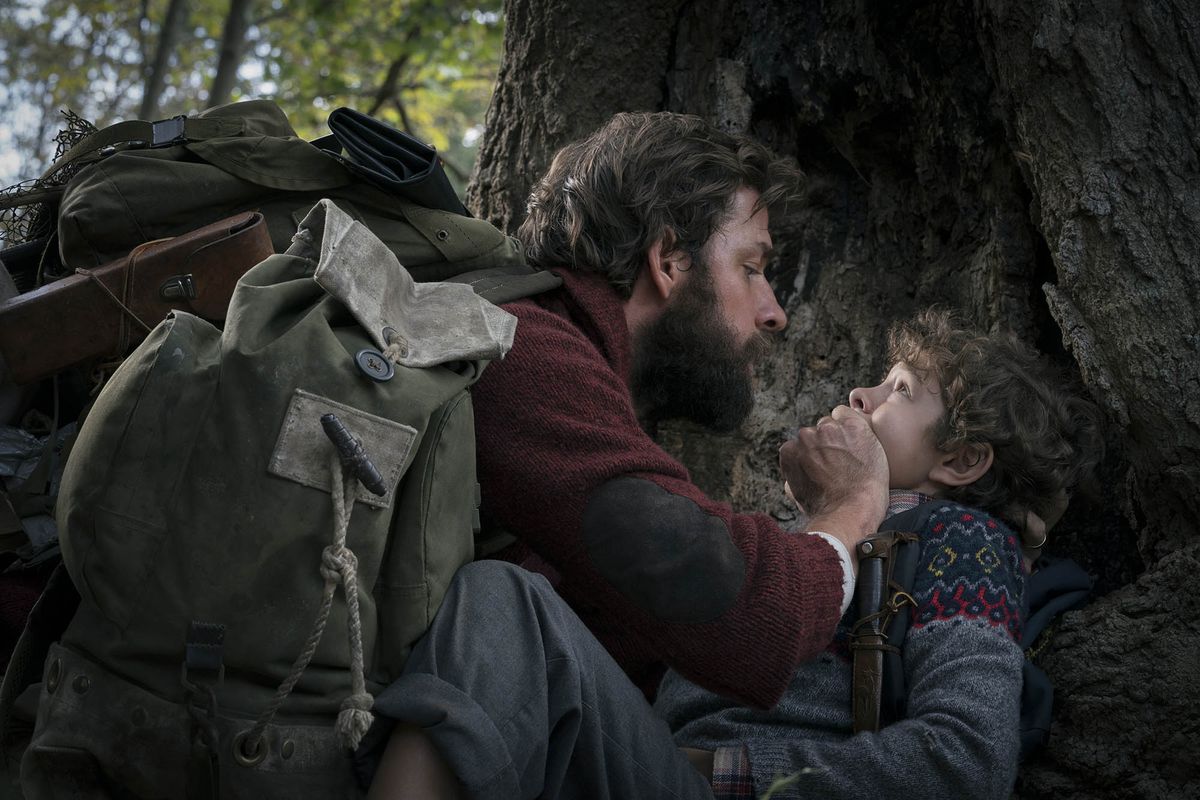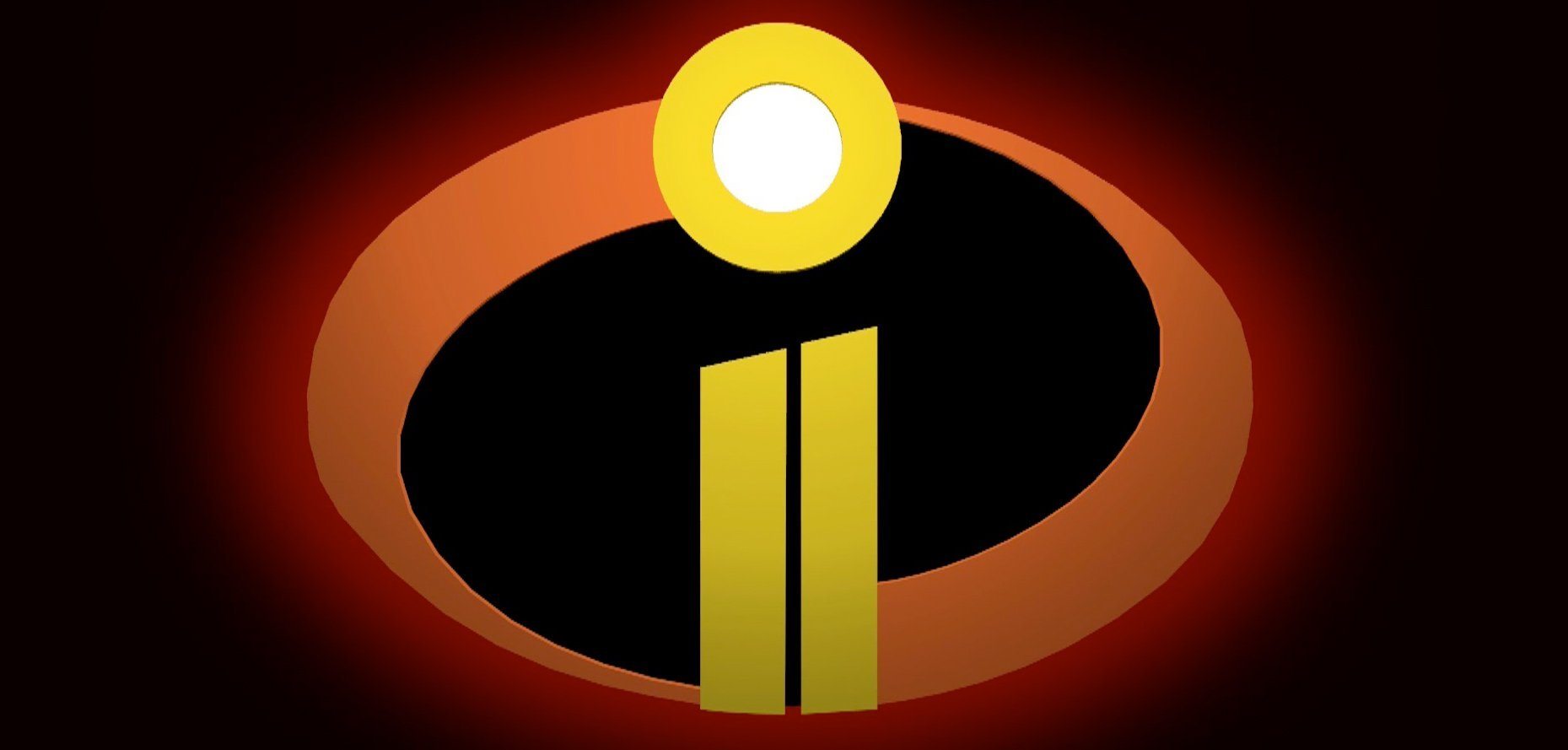'A Quiet Place' is a Ringing Success

Following the surfacing of mysterious blind and vicious predators that hunt by way of their sensitive hearing, “A Quiet Place” depicts the struggles of a man attempting to raise his family along with his wife in a world where absolute silence is a necessity.
Produced by bombastic special effects extraordinaire Michael Bay’s production company Platinum Dunes, there isn’t a single iota of this film’s marketing that hasn’t ostensibly shot itself in the foot via creating false perception of the final product. While the trailers fight almost actively to depict a typical trashy creature feature on a low budget for cheap thrills with a minor gimmick, director and star John Krasinski delivers an unabashed film that is nothing short of a directorial masterpiece even if its top notch polish and impactful flourishes only make it the best version of what it specifically aspires to be.
Photos courtesy of Paramount Pictures
“A Quiet Place’s” first 10 minutes build up and pay off the first death of the movie in a manner so severe and unflinching that it scars the importance of noise minimization in this world that carries firmly throughout the entire duration and enhances the superb sound design, making every unexpected sound feel like the lethal accident that it always plays out as. With roughly 70 percent of the movie virtually playing out as a silent film, the tension remains consistently thick, keeping the atmosphere of the movie all the more engrossing and not only enhancing the terrors of a lethal world featuring two children desperate to explore coming of age boundaries in a situation that can’t allow it and a pregnant woman on the verge of childbirth in an environment that kills off noisemakers but providing subtle insights into their family dynamics.
Krasinski and Emily Blunt lead solidly as parents that understand the need to adapt to a new lifestyle but remain wistful for the sense of peace and normalcy that their children will never grow up with. Special praise to Blunt for selling the pain of childbirth unlike any other labor scene put to cinema. The real find of the movie however is Millicent Simmonds, playing the deaf daughter and eldest child of the family. Deaf in real life, Simmonds was cast by Krasinski to add an additional layer of authenticity to the cast’s constraints of solely communicating via American Sign Language, as well as provide the perspective of somebody that is fundamentally affected by sound in a different matter as called for by the screenplay. Her knowledge may have substantially benefited the film’s execution but the contribution of her performance and its perfect capture of innocence lost and the consequential pain of lacking communication are the heart of the film and a performance not to be missed.
“A Quiet Place” is one of those rare films that crawls its way above its competition by simply being the apex of itself. Outside of the occasional emotionally resonant moment between characters, it’s not a particularly deep film. Beyond the somewhat derivative design of the creatures themselves however, which remain nonetheless terrifying, it is a beyond perfect version of the sort of thrilling horror flick with the situational B-movie sensibility that it aims to accomplish.
The film is so perfect at being that and so inventive in executing it that it has somehow made such a safe story concept into a film that is fresh, bold, and even oddly experimental. If you care about passion and originality in the modern market’s franchise driven landscape of Hollywood releases, you owe it to yourself to watch this movie.
4 out of 5
Graduating from Texas A&M University—Commerce with a bachelor's degree in News and Editorial Journalism, Jordan Wright has lived most of his adult life professionally critiquing films, from major blockbusters to indie dramas, and has no intentions of stopping.







